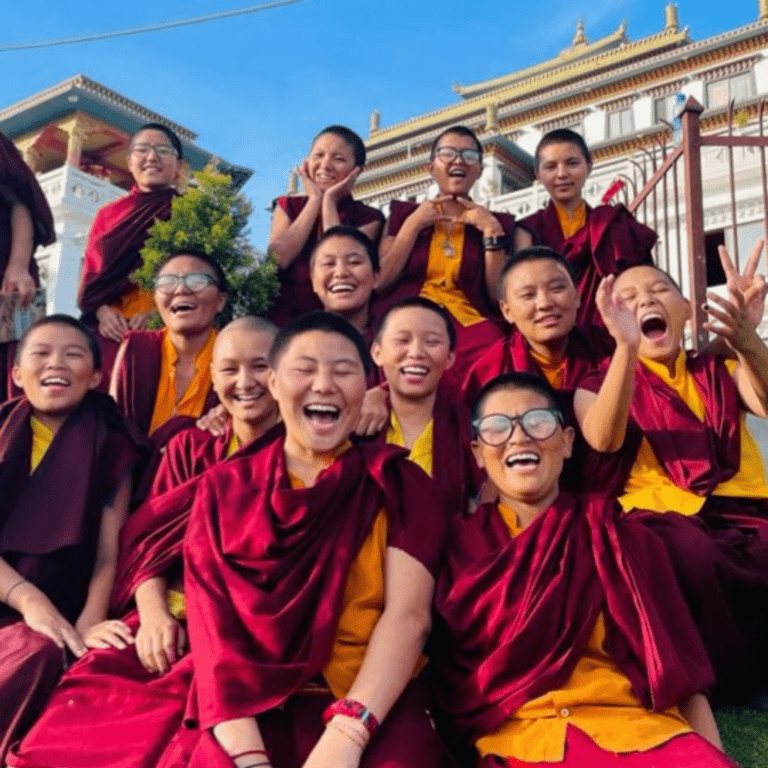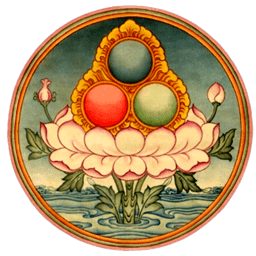
Tsoknyi Rinpoche’s pioneering vision, to train nuns to become among the most accomplished Buddhist practitioners and dharma teachers in the world.
An important way to preserve the continuity of the Buddha’s teachings is to support the Tsoknyi Nuns.
Your generous gifts go towards:
- Preserving the Tsoknyi Nuns, a very precious and rare practice lineage that provides the same monastic training to women that has been traditionally reserved for men.
- Assisting the nuns to become accomplished dharma teachers in their own right.
- Providing young women and girls of the high Himalayas the best modern education and a rich training opportunity in the highest Buddhist studies and practice.
- Cultivating these women and girls to become educated global citizens, agents of change in their communities.
- Allowing these women and girls to live a dedicated life of practice and service to the dharma.
